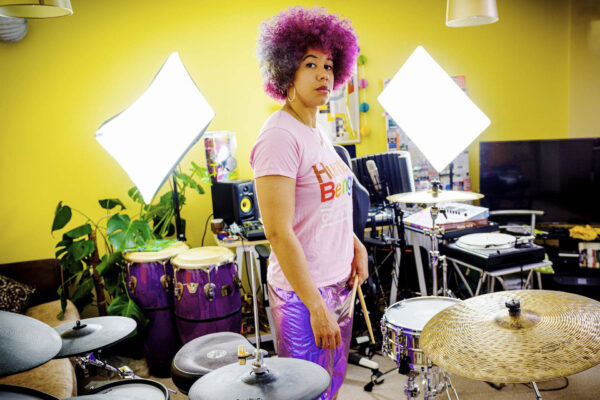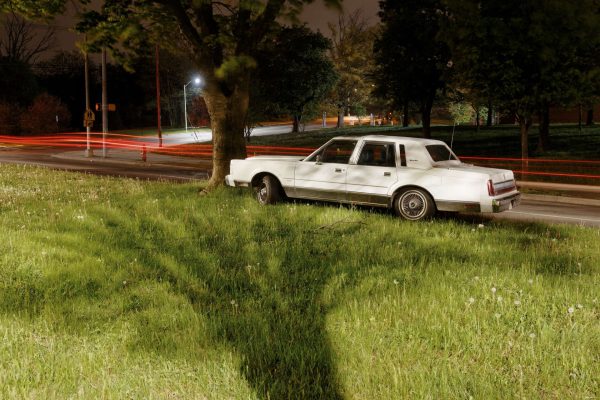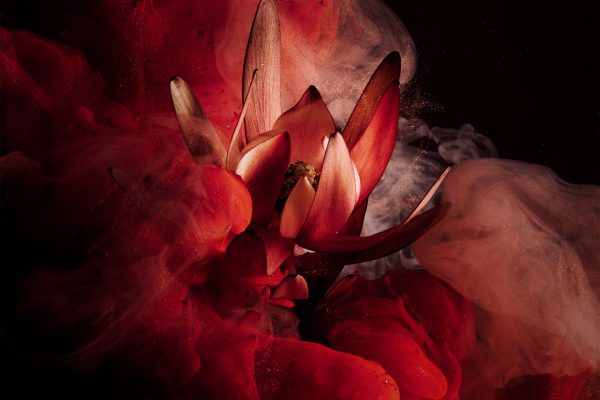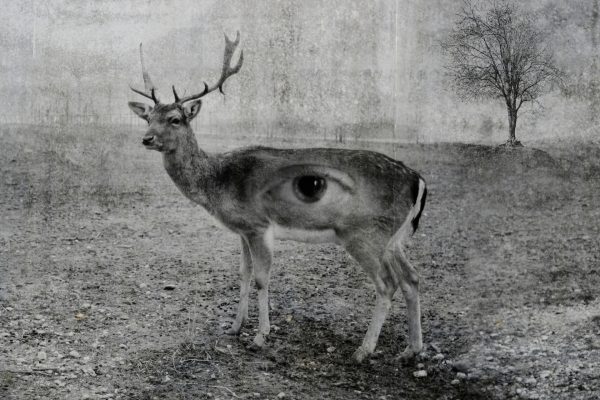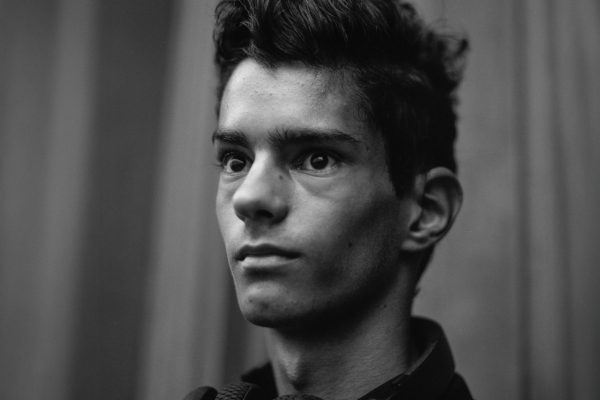A series of pictures from photographer John Ferguson showing people living with albinism.
Albinism is a rare genetically inherited condition, that affects one in 17,000 people in the UK, and causes a reduction or complete lack of pigment (colour) in the skin, hair and eyes. This can result in pale skin that burns easily in the sun, virtually white hair, very severe short sightedness, and photophobia (severe sensitivity to light). It is inherited at random and can affect people from any ethnic background. Most albino children are born to non-albino parents who both carry the albinism gene. While some feel very conspicuous, others feel invisible in their own culture, as if they don’t belong.
John Ferguson spent two years photographing people affected by this condition. Typically, all those photographed for this project have their own very personal, intriguing, and sometimes traumatic stories. This project aims to highlight how living with albinism really is, and in doing so, enlighten and educate the viewer. Not enough is known about the condition or about the everyday circumstances affecting people born with it.


















